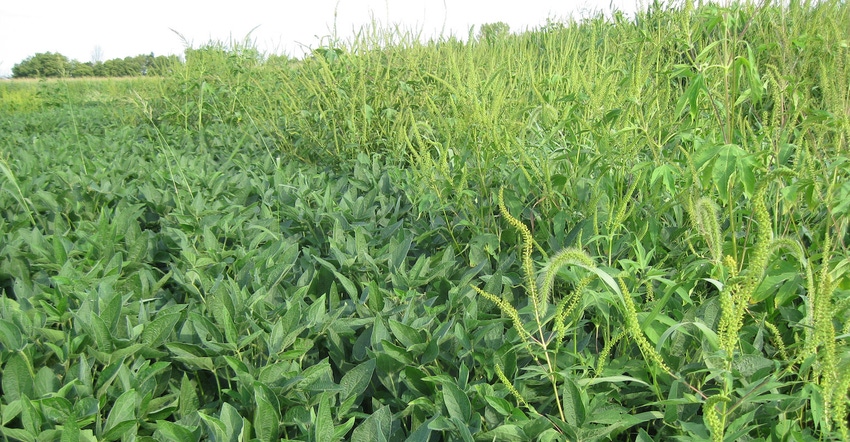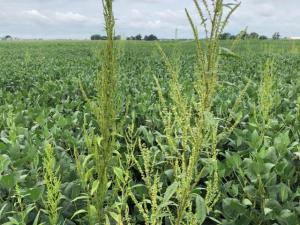July 27, 2021

A team led by Mark Loux from Ohio State University has been screening a random sample of waterhemp populations for herbicide resistance over the past two years. Herbicides used in the screen include mesotrione, atrazine, 2,4-D, fomesafen, and metolachlor. Results of our research show that it’s possible for Ohio waterhemp populations to have some level of resistance to one, several, or all of these herbicides.

Glyphosate is not included because we assume almost all populations are already resistant to this. We are also part of a regional project that has been screening for dicamba and glufosinate resistance with populations that we supply, although none has been identified to date.
The sample size has been small so far, so at this point we are looking to expand our screening to include waterhemp populations submitted by anyone in Ohio looking for more information about their response to herbicides. It’s preferable to have seed from waterhemp plants that have survived POST herbicide treatments, or where it appears that preemergence herbicides were fairly ineffective, if possible. But we will screen any populations provided within the constraints of time and greenhouse space. For a quick reminder about how to tell when seed from waterhemp is mature, check out this video. When seed is mature, you can cut off seedheads and place in an open paper bag until ready to get them to us. Or just shake heads into some type of container to collect seed. Send us an email and we will figure out the best way to get seed to us, or if you need more information. [email protected]
Also – a reminder that while we would like to have seed from surviving waterhemp plants, the most effective method of preventing future problems with this weed is to not let any go to seed. Not only because plants that survive may have resistance, but because they produce gobs of seed that will result in misery the following year. Removal of these plants should have high priority right now. However, where it’s apparent that this is not going to happen for whatever reason, make a note of the infested fields, and check on them starting in a couple weeks for seed. This should help us to get a better handle on how resistance in waterhemp is evolving.
Source: Ohio State University, which is solely responsible for the information provided and is wholly owned by the source. Informa Business Media and all its subsidiaries are not responsible for any of the content contained in this information asset.
You May Also Like




